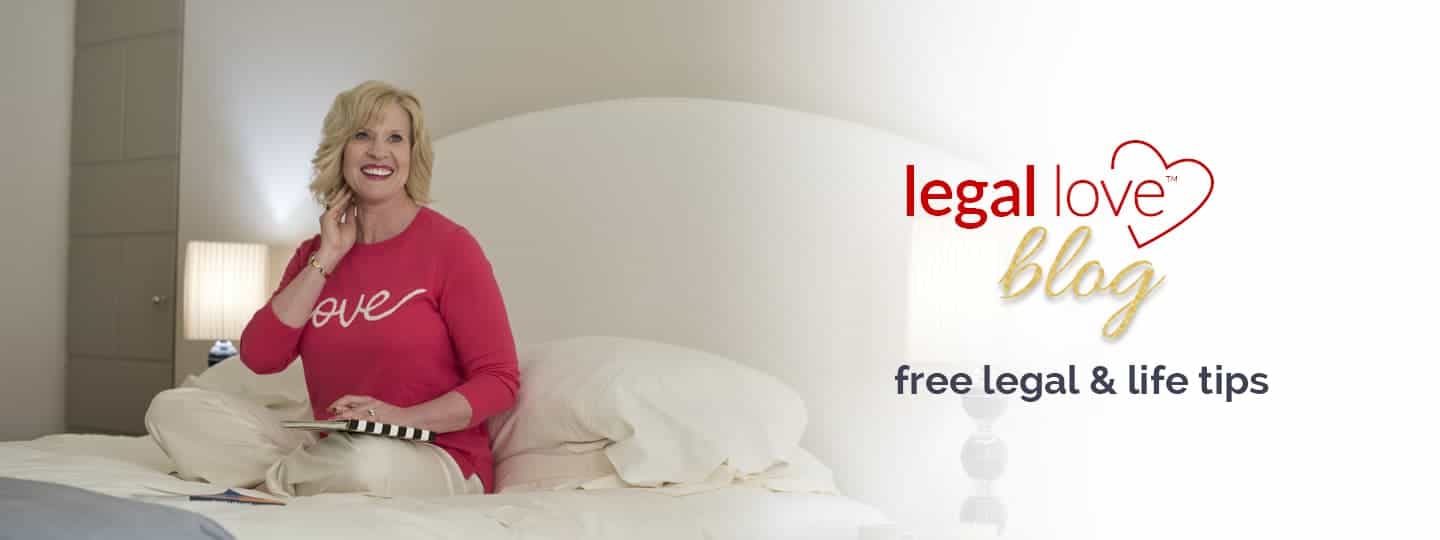Do you sell goods? Here are the new changes to the VAT.
Remember all that talk about “VAT”? The “Value Added Tax” which took effect in the EU in 2015?
It feels like forever ago… and it applied mostly to European businesses, but it ALSO applied to American businesses (and any other business outside of the EU) if you sold products to the EU.
Well, there’s a new change to VAT. I wanted to give you an update in case it applies to you.
Do you sell goods to customers in the EU?
By “goods”, I mean that you sell protein bars, oracle cards, candles, journals or other actual PHYSICAL products that you can touch. (Not “services” like 1-on-1 coaching, website design, or bookkeeping services.)
If NO, then you can stop here and go back to whatever you were doing before you opened this email – like scrolling the ‘gram, drinking a Daily Harvest smoothie (the acai + cherry is my fave!), watching the Friends reunion on HBOMax that you just signed up for on Prime Day… you know, whatever you were doing 5 minutes ago.
If YES – and you’re a US company (or based anywhere not in the EU) – the new VAT change applies to you.
Here’s what you need to know:
Starting July 21, 2021, ALL GOODS imported to the EU are subject to VAT.
(Until now, only goods priced at 22 Euros or greater were subject to VAT. Now ALL goods are treated the same – no matter the price. The EU changed the VAT rules to try to “level the playing field” and treat every business equally.)
You have 2 options:
Option #1 – You can collect, declare and pay the VAT goods shipped to EU customers.
How hard is it to do that?
They’ve tried to make it fairly easy. A new service called the Import One-Stop Shop (“IOSS”) has been created to help you simplify declaring VAT and paying it for any goods sold for not more than 150 Euros each.
If you register for the IOSS, then the price your customer will pay will INCLUDE the VAT.
- Pro: It’s convenient for your customer because VAT is already included in the price they pay you and they don’t have to do anything with VAT.
- Con: YOU have to sign up with IOSS and collect, declare and pay VAT.
Here’s where you can find out more about the IOSS.
Option #2 – You can pass the responsibility for VAT on to your consumer.
So what happens if you choose Option #2?
Your customer will have to pay the VAT on the back end.
What does that mean for your customer?
It means that the post office/package delivery company will charge the customer and collect the VAT directly from your customer.
- Pro: You don’t have to deal with the VAT collection, declaration and payment.
- Con: Your customer could reject or refuse the goods which means the post office will ship them back to you and charge you for the return postage and the EU customer might be angry about it. It’s also a pain for your EU customer to deal with VAT directly.
Option #2 sounds better and easier for you, right?
It probably is.
But remember, VAT has been around in the EU for 6.5 years now. Many EU sellers automatically include the VAT as part of the purchase price (in other words, they have adapted to the VAT law over the past few years and they choose Option #1).
EU customers are used to the VAT being included in the purchase price. They don’t like to deal with VAT themselves.
If you choose Option #2, what do you need to tell your customers? What needs to be added to your legal documents?
If you have a sales page with a “buy now” button which takes customers to your shopping cart page where they agree to your legal terms during checkout (I call these sales terms the “Terms of Use”), you’ll want to add a sentence to put your customers on notice that they have to deal with VAT.
If you use my DIY Terms of Use, you’ll add this sentence: “EU consumers are responsible for paying VAT and any other applicable fees.”
Where do you add it? In my DIY Terms of Use, you’ll edit your document and add it to the very bottom of the “Payment & Online Commerce” section.
(If you don’t have Terms of Use yet, you can find out more and get my easy DIY Terms of Use HERE.)
Just so you know, neither option is right or wrong.
Whichever option you choose is up to you.
I do recommend that you talk with your accountant and lawyer to figure out which option is best for your business. Each business owner’s situation is different.
(Note: There’s another big change to the VAT which affects you ONLY if you’re an EU-based business – in other words, if your business is registered in the EU. If that’s you, please talk with your EU accountant to help you.)
Whew. That was a lot.
I know this VAT change seems complicated. Not surprising though. Most things related to law aren’t a piece of cake. (This is why we lawyers have to go to law school for 3 years after college and then learn even more from our attorney mentors.)
I do hope this gives you a place to start with this new VAT change if you sell goods to EU customers.
Kudos to you for staying informed about new changes to the laws which might affect your business!
Here’s to getting legally enlightened!



